#limestone caverns
Text


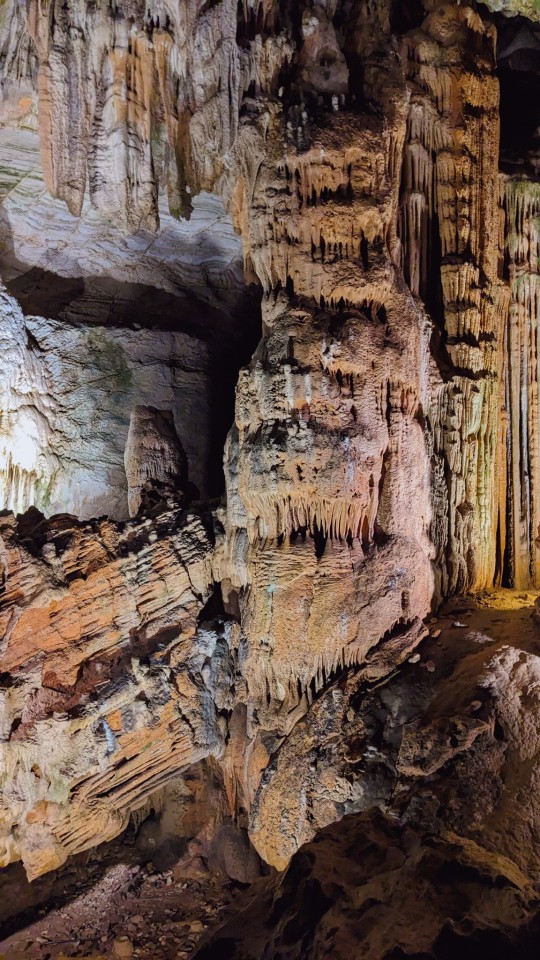
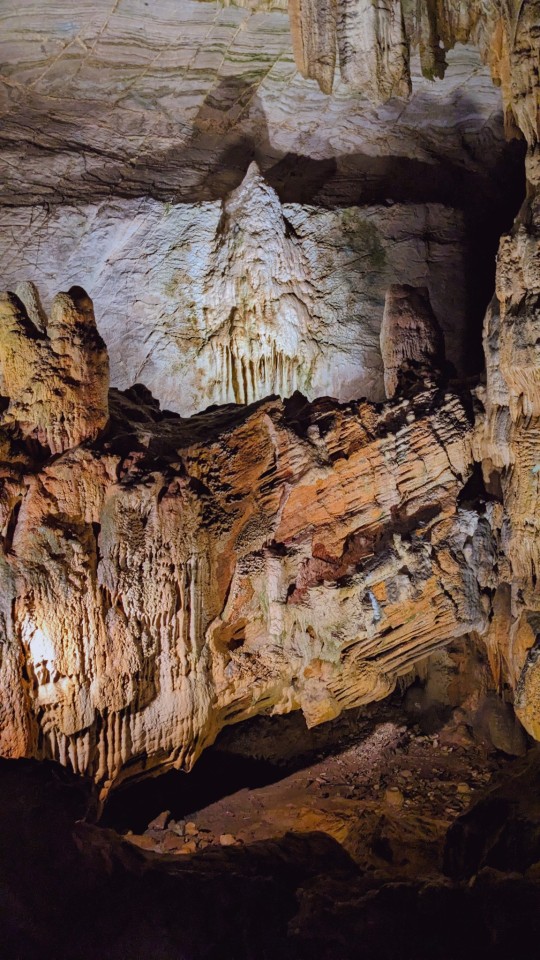
171 notes
·
View notes
Text

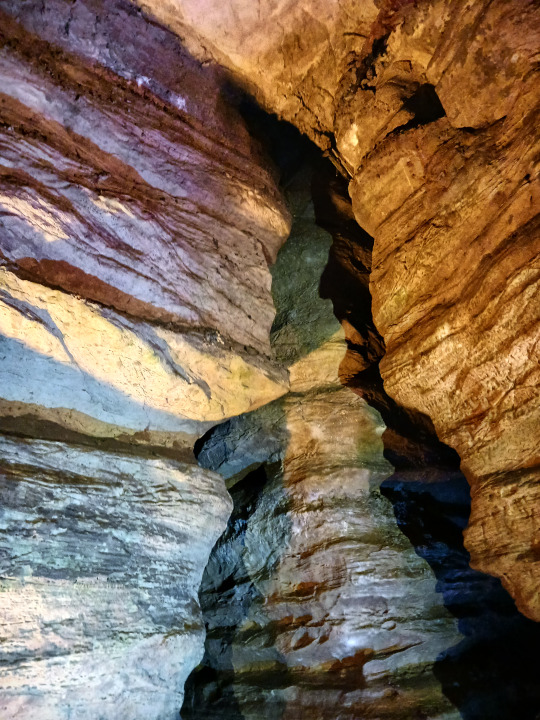

Photos from recent cavern escapades
21 notes
·
View notes
Text
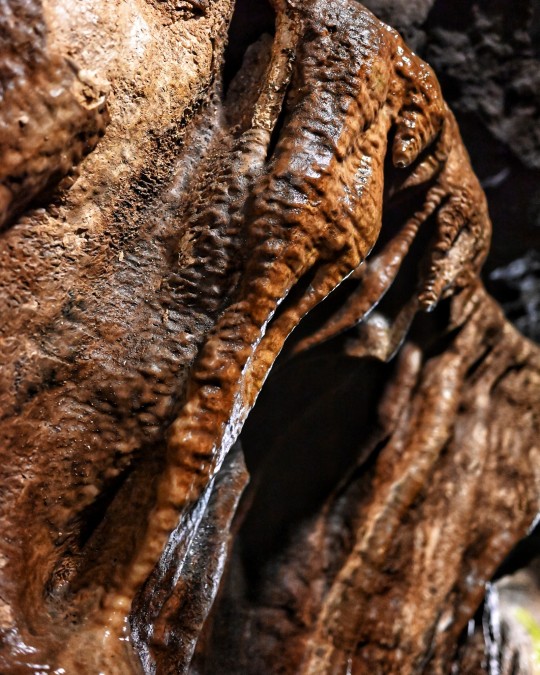

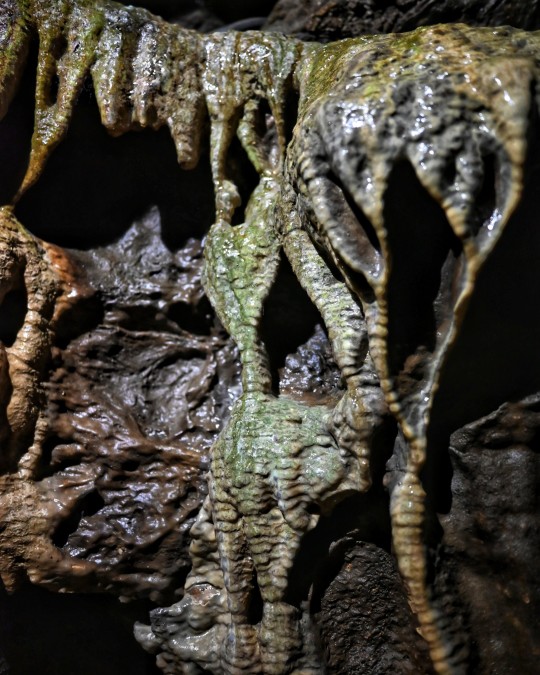




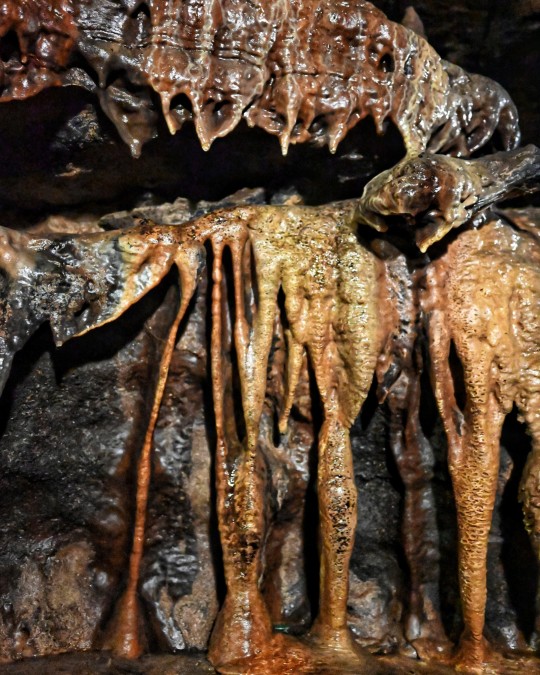
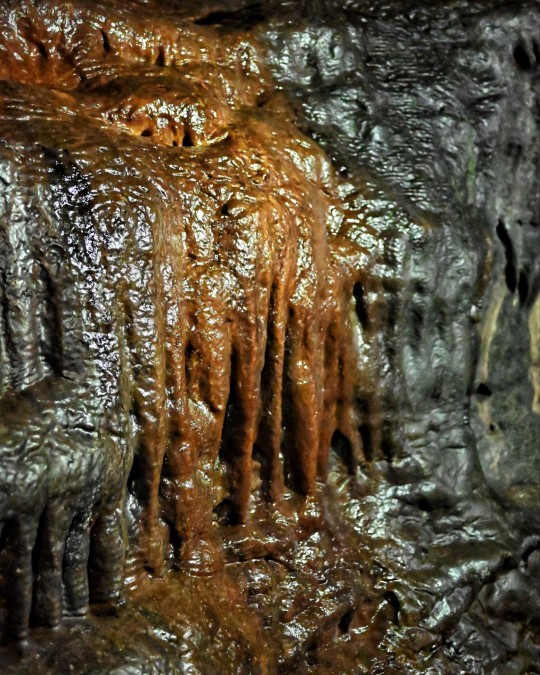

'White Scar Caves', Ingleton, Yorkshire Dales
#white scar caves#caves#cavern#limestone#underground#caverns#stalagmites#stalactites#rock formation#shaped rock#rocks#stone#riverbed#archaeology#geology#yorkshire dales#ancient living#ancient culture#nature#natural features
70 notes
·
View notes
Note
this may be a dumb question but do the mechs get rusty when it rains?
yes. they are kept underground or under some form of shelter whenever possible, and their important joints are heavily greased for waterproofing as well as lubrication (slathered in animal fat or olive oil)
111 notes
·
View notes
Text
why does pmd show us a volcano time gear and then never do anything with that. that time gear doesnt even exist bc all 5 already have known locations. what was that
#like either the cavern or the volcano were doomed to not exist bc theres the 3 lakes that are important#and treeshroud forest is the first one so its just iconic#but MAN i wouldve loved to go thru a volcano area for a time gear . not that limestone cave or whatever is bad but cmon#pmd
11 notes
·
View notes
Text

King's Row of Glenwood Caverns
#small cavern but amazing colors#high iron content = lots of reds mixed into the white of the limestone#the dumbest shit in the weirdest places#traveling#travel#road trip#driving#photo#photography#caves#caving#glenwood caverns
23 notes
·
View notes
Video
Hello, Carlsbad Caverns National Park! by Mark Stevens
Via Flickr:
Natural Entrance Trail-13 A view looking down and to the east while walking the path on the Natural Entrance Trail in Carlsbad Caverns National Park. My thinking in composing this image was to capture the look of the man-made walking path as it led into the depths of the cavern. All around would be the cliff wall and areas caught in reflected sunlight, but there would be that one “hole” leading into the darkness below.
#Azimuth 71#Big Bend and Carlsbad Caverns National Parks#Carlsbad Cavern#Carlsbad Caverns#Cave#Cave Formation#Cavern#Caverns#Day 6#DxO PhotoLab 5 Edited#Guadalupe Mountains#Hiking Trail#Intermountain West#Landscape#Landscape - Scenery#Limestone Cave#Looking East#Mineral Deposit#Natural Entrance Trail#Nature#Nature Trail#Nikon D850#Outside#Portfolio#Project365#Rock Formation#Rock Formations#Scenics - Nature#Show Cave#SnapBridge
3 notes
·
View notes
Text
You know, sometimes I’m grateful that my first summer in my graduate lab, at the impressionable age of 22, my main assignment was to design and build a full closed-loop water cooling system, with a chiller whose heat exchanger had to also be connected to the building cold water system (which, if you screwed it up, had enough water flow that you could flood the whole lab). And I gained familiarity with all the main types of hose, tube, and pipe connectors and how to install them.
I also learned the very important life lesson of, if all else fails, a blow torch can solve nearly any problem. I think I solved three different problems with a blow torch that summer.
No home plumbing I might undertake will match the disasters I ran into that summer.
#I couldn't get my pipe threads to stop leaking no matter how much I tightened them or added or subtracted teflon tape#so in the end I soldered them#I've never had to do that at home#so I feel like home plumbing is consistently easy#someday I should tell the story of the students at the table next to me#who used sink water to cool their electronics#rather than my closed-loop distilled water system#where the building water was only on the other side of the heat exchanger--never going through my delicate electronics and lasers#because the thing is... tap water has all sorts of junk in it#iron and calcium carbonate to name two of the most common ones#calcium carbonate... also known as lime#and if you run it through a narrow tube for years on end...#well you can end up creating your own limestone caverns#in the end a stalactite formed in their acousto-optic modulator#big enough to break the gasket seal#so suddenly their AOM was leaking water all over their optics table
16 notes
·
View notes
Text
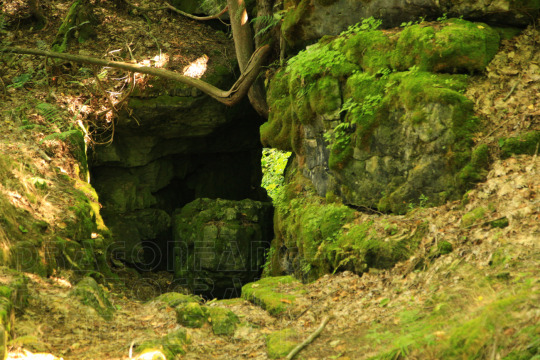
#Bruce Trail#Sydenham section#Niagara Escarpment#Bruce County#Ontario#Canada#hiking#hiking trail#forest#trees#wilderness#outdoors#landscape#7th Street W Side Trail#side trail#moss#rocks#limestone#cave#cavern#photography#digital photography#DSLR#Canon 6D#photographers on Tumblr
17 notes
·
View notes
Text
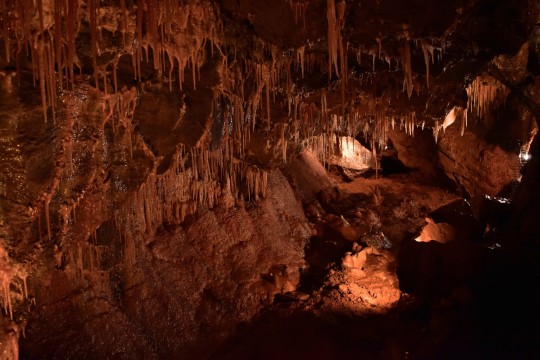

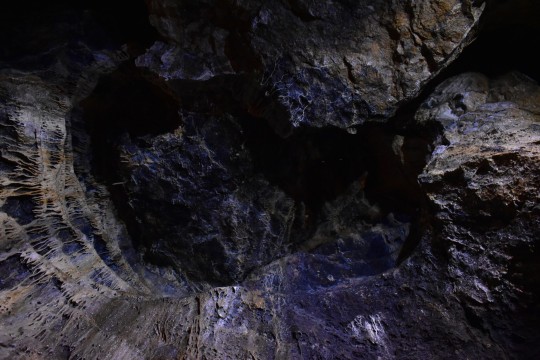



Visited Treak Cliff Cavern, one of the places you can find Blue John Stone. Stunning place to visit. (2nd Post).
#photography#landscape#caverns#blue john stone#treak cliff cavern#derbyshire#caves#limestone#cave formations#november 2023
0 notes
Text




177 notes
·
View notes
Text

Chauvet horse beautifully observed over 30,000 years ago created by lamplight from memory with fingers and rudimentary art kit on a limestone cavern wall deep underground
Horse taken with a digital camera on auto in the sunshine
More: https://thetravelbible.com/top-artifacts-from-the-stone-age/
3K notes
·
View notes
Text

This is the devil’s hole pupfish! A tiny species that lives only in One water-filled limestone cavern in Nevada. It was one of the first animals on the endangered species list. At the last count in 2022 there were 263 pupfish observed - the most in 19 years! They’re tracked pretty carefully, as their 215 square foot habitat (the smallest of any know vertebrate) is fragile and has been disturbed in the past by groundwater extraction and other human interference.
[ID: an illustration of a shiny metallic blue fish, the male devil’s hole pupfish, facing to the right. It is on a lighter blue background with a ripple pattern. End.] l
#fish#fishes#fishblr#devils hole pupfish#icthyology#they were apparently controversial little guys in the 70s bc a family bought the land they’re on and tried to build a bunch of wells#and some agencies were like hey don’t build those here there are these pupfish#and I guess they went to court and it was a whole publicized thing and folks were getting bumper stickers that said either#save the pupfish or kill the pupfish#and the concept of being so self absorbed that you’re like I would rather a species go extinct forever than for one human family to have#wasted some money#and I’m gonna get a bumper sticker that informs you of this#is so fucking funny to me
1K notes
·
View notes
Text
Fish of the Day
The fish of the day today is the devils hole pupfish!
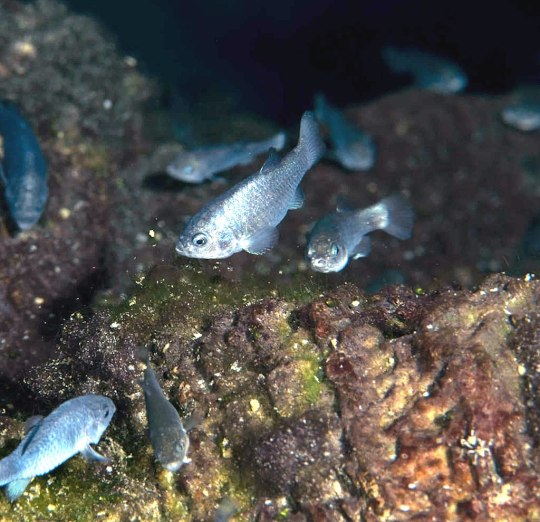
The devils hole pupfish, scientific name Cyprinodon diabolis, is an endangered fish known to live in exactly one spot, Devils hole. Devils hole is a limestone cavern with a geothermal pool found in Nye county of Nevada, and a disconnected section of Death Valley National Park. The geothermal pool keeps the water at a consistent 33 degrees Celsius all seasons, and has low dissolved oxygen amounts. The surface of water at the cave is only 72ft by 12ft, but below that the cave descends deep into the earth. Below the surface pool there is a larger cavern descending to 150 meters at its deepest before branching into a smaller tube at the bottom, the depth of which is currently unknown.1965 two teenagers went diving in the hole with scuba gear, and were never seen again, rescue divers sent after them found a dropped flashlight, and other scuba gear but the bodies were never found. One rescue diver dropped a weighted plate that fell a full 932ft without contacting a bottom to the chamber, describing the water below him as an "infinity chamber". Later scans of the cave revealed it is at least as deep as 1,247ft, although to this day the depth is still unknown. Another well known aspect of the cave is that it can be used to determine when there are earthquakes all over the world. The water surges and has displayed unique patterns during the 2022 Mexico 7.6 magnitude earthquake, along with other strong earthquakes further from the hole. Such as: the 2012 6.2 magnitude earthquake in Papua New Guinea, or the 2018 7.4 magnitude earthquake in Indonesia. Devils hole pupfish are known to live only in the first 80ft of the cave.

Devils hole pupfish are unique in appearance, getting only as large as an inch, and being one of few species that have no pelvic fins, however when raised in colder conditions these pupfish will regrow these appendages. As juveniles these fish are an off white color, and females retain some of this coloring in adulthood. This species has only ever been recorded with as many as 500 wild fish at its highest, hitting an all time low point of 42 fish in 2007. The more recent numbers are looking up however, and there were 263 pupfish observed in spring of 2022. The survival from egg to adulthood is small, but the likelihood with human effort that this fish will survive the test of time is high. Described as possibly the most isolated wild vertebrate species in the world. These fish live only 10-14 months, reaching sexual maturity at 8-10 weeks old and spawn year round with peaks in mid February-May, and a smaller peak in July-September. Due to the unique oxygen levels of devils hole, these fish have adapted to enter a state of tupor, similar to hibernation, where they can live anaerobically. This allows them to go without breathing for up to 2 hours, however they produce ethanol as a byproduct.
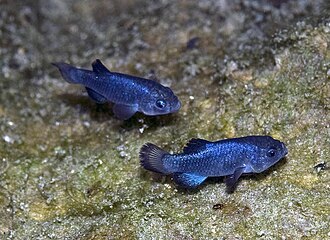
Most of the devils hole pupfish life is on the rocky outcrops of the surface waters of the cave system. Breeding, egg laying, diet, resting, and schedules surrounding the placement of the sun all depend on these rocky outcroppings of stone near the surface of the water. The diet of these fish is dependent on the rock outcroppings of the cave, as they eat anything they can find in the cave system. This includes: small freshwater crustaceans, beetles, flatworms, freshwater snails, inorganic matter made of small sections of the caves limestone, along with spirogyra and diatom algae, which grows on the rocks themselves and makes up most of the pupfish's diet. Due to their diet being mostly algae types, pupfish are incredibly susceptible to the seismic activity in the devils' hole, as it creates small tsunamis along surface water and washes away algae on the rocks, leaving them without a majority of their food source until it regrows. When these earthquakes happen the pupfish are known to flee into the deer waters of the cave until the water has stilled, and are thought to perhaps feel earthquakes before they happen, although not much research has been done on this yet.
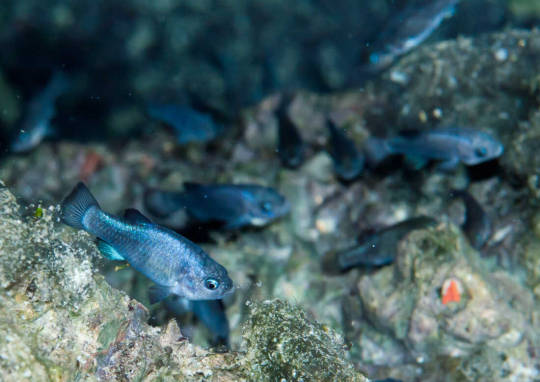
Have a good Wednesday, everyone!
#pupfish#fish#fishblr#devils hole#devils hole pupfish#nevada#Cyprinodon diabolis#death valley#death valley national park#ash medows#ash medows fish conservation
169 notes
·
View notes
Text
“It was an assumption—almost an article of faith—amongst many biogeographers, ecologists, and paleoecologists that the great regional rainforests were, at Western contact, the product of natural climatic, biogeographic, and ecological processes,” wrote paleoecologist Chris Hunt, now based at Liverpool John Moores University, and his colleague, Cambridge University archaeologist Ryan Rabett, in a 2014 paper. “It was widely thought that peoples living in the rainforest caused little change to vegetation.”
New research is challenging this long-held assumption. Recent paleoecological studies by Hunt and other colleagues show evidence of “disturbance” in the vegetation around Pa Lungan and other Kelabit villages, indicating that humans have shaped and altered these jungles not just for generations—but for millennia. Borneo’s inhabitants from a much more distant past likely burned the forests and cleared lands to cultivate edible plants. They created a complex system in which farming and foraging were intertwined with spiritual beliefs and land use in ways that scientists are just beginning to understand.
Samantha Jones, lead author on this investigation and researcher at the Catalan Institute of Human Paleoecology and Social Evolution, has studied ancient pollen cores in the Kelabit Highlands as part of the Cultured Rainforest Project. This is a U.K.-based team of anthropologists, archaeologists, and paleoecologists that is examining the long-term and present-day interactions between people and rainforests. The project has led to continuing research that is forming a new scientific narrative of the Borneo highlands.
People were most likely manipulating plants from as early as 50,000 years ago in the lowlands, Jones says. That’s around the time humans likely first arrived. Scholars had long classified these early inhabitants as foragers—but then came the studies at Niah Cave. There, in a series of limestone caverns near the coast, scientists found paleoecological evidence that early humans got right to work burning the forest, managing vegetation, and eating a complex diet based on hunting, foraging, fishing, and processing plants from the jungle. This late Pleistocene diet spanned everything from large mammals to small mollusks, to a wide array of tuberous taros and yams. By 10,000 years ago, the folks in the lowlands were growing sago and manipulating other vegetation such as wild rice, Hunt says. The lines between foraging and farming undoubtedly blurred. The Niah Cave folks were growing and picking, hunting and gathering, fishing and gardening across the entire landscape.
[...]
“The Cultured Rainforest project has shown how profoundly entangled the lives of humans and other species in the rainforest are,” says University of London anthropologist Monica Janowski, a member of the project team who has spent decades studying highland Borneo cultures. “This entanglement has developed over centuries and millennia and succeeds in maintaining a relatively balanced relationship between species.” Borneo’s jungle is, in fact, anything but untouched: What we see is a result of both human hands and natural forces, working in tandem. The Kelabit are a little bit farmer and a little bit forager with no clear line between, Janowski says. This dualistic approach to land use may reveal a deeper human nature. “Scratch any modern human and you will find, under the surface, a forager,” she says. “We have powerful foraging instincts. We also have powerful instincts to manage plants and animals. Both of these instincts have been with us for millennia.”
257 notes
·
View notes
